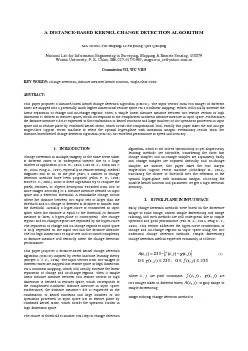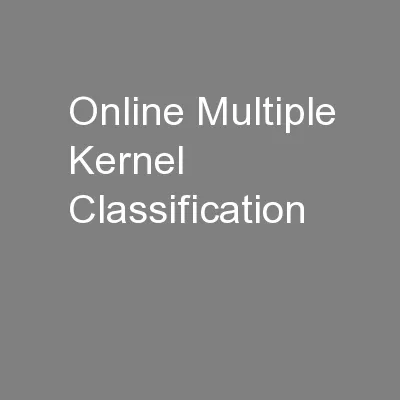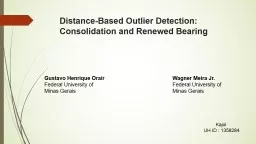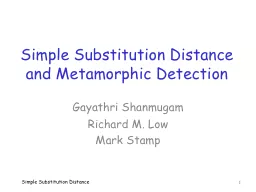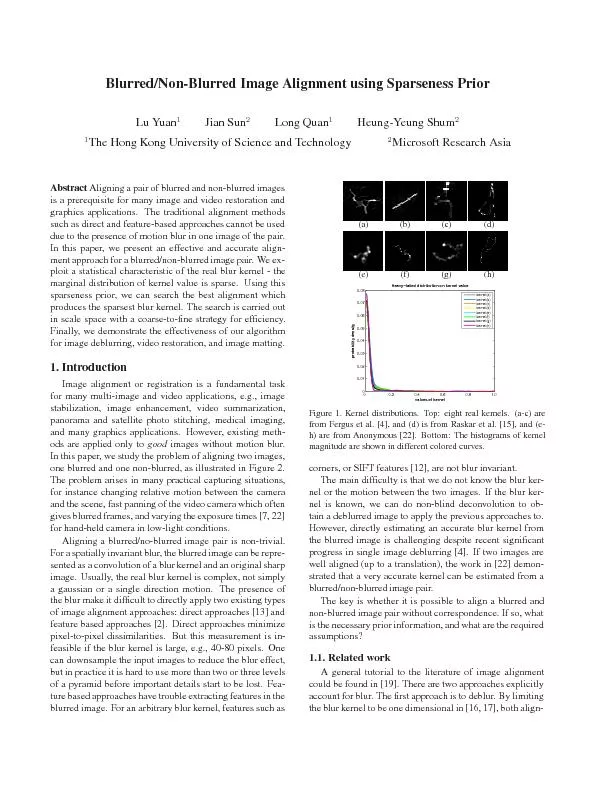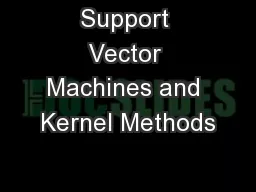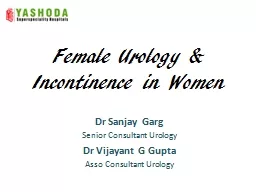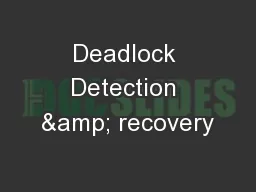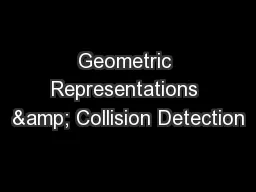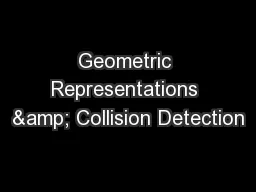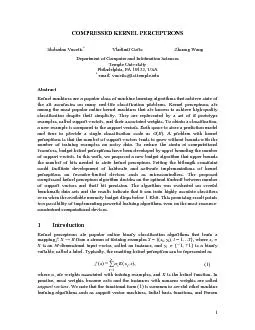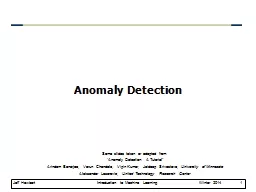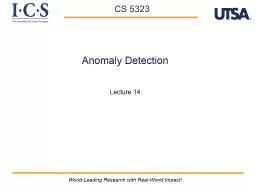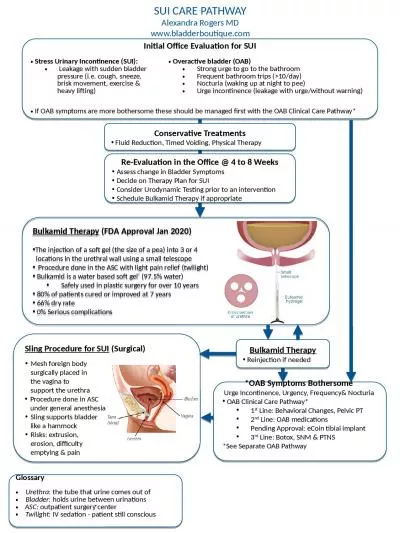PDF-A DISTANCE-BASED KERNEL CHANGE DETECTION ALGORITHM MA Guorui, SUI Haig
Author : cheryl-pisano | Published Date : 2017-11-22
1 j are pixel coordinate are two images taken at different times is gray image of simple differencing Image radioing change detection method is Where is gray image
Presentation Embed Code
Download Presentation
Download Presentation The PPT/PDF document "A DISTANCE-BASED KERNEL CHANGE DETECTION..." is the property of its rightful owner. Permission is granted to download and print the materials on this website for personal, non-commercial use only, and to display it on your personal computer provided you do not modify the materials and that you retain all copyright notices contained in the materials. By downloading content from our website, you accept the terms of this agreement.
A DISTANCE-BASED KERNEL CHANGE DETECTION ALGORITHM MA Guorui, SUI Haig: Transcript
Download Rules Of Document
"A DISTANCE-BASED KERNEL CHANGE DETECTION ALGORITHM MA Guorui, SUI Haig"The content belongs to its owner. You may download and print it for personal use, without modification, and keep all copyright notices. By downloading, you agree to these terms.
Related Documents

